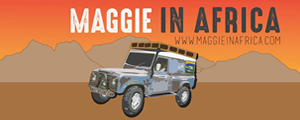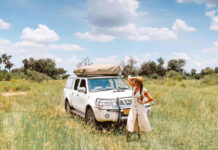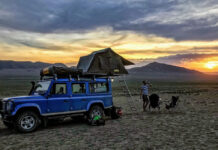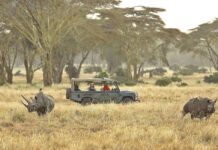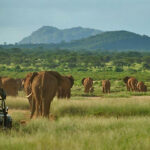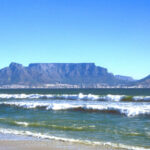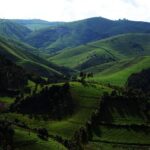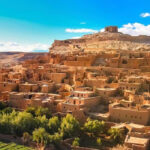Maggie and the team were up for some chilled lounging on the beach after our trip to Ruaha National Park, and so left the road behind and headed to Zanzibar.
Zanzibar is a an island off the coast of Tanzania, in the Indian Ocean, 50 km off the coast of the mainland. The capital is Zanzibar City, and its historic centre is Stone Town, which is a World Heritage Site.
We left Maggie at the Mikadi Beach campsite in Dar es Salaam, the country’s major economic and port city. After a couple of ferry rides, we made it to Zanzibar.
Getting to Zanzibar from Dar

Ferry office in Zanzibar
When arriving at the Zanzibar port, anyone looking foreign will be immediately hounded by hawkers trying to sell ferry tickets to get to the island. We were already informed to ignore the hawkers, and just to purchase tickets through the official company.
The fastest and most reliable ferry (that we know of) is the catamaran operated by the Azam Marine Kilimanjaro company. Annoyingly, they charge all non-residents in USD, use a really poor exchange rate into Tanzanian shillings, and do not accept major credit cards. The ticket prices when we went were $35 for economy, and $4o for business class, and more for various other classes called ‘royal’ and ‘VIP’.
There are four crossings every day and the ferry takes 2-2.5 hours. On arrival in Zanzibar, non-resident must get their passports stamped for entry and baggage checked.
Stone Town

Stone town alley
Stone town is a city of historical importance in East Africa due to the slave trade and trade in other goods such as ivory. Its architecture, mostly dating back to the 19th century, reflects the diverse influences underlying the Swahili culture, a unique mixture of Arab, Persian, Indian and European elements. For this reason, the town was designated as a UNESCO World Heritage Site in 2000.
We spent a couple of days in Stone town before heading to the other side of the island for some beach time. There are many tour operators that can take tourists on tours, but we opted to wander around ourselves…
Old Slave Market Museum

Slave memorial, Stone town
Zanzibar was an important trading post in the 18th and 19th centuries. It once dominated trade between Africa, India and the Middle East. In particular, it was the key tripod for the highly profitable slave trade. Arab traders would use Zanzibar as their base to launch slave raiding expeditions in the interior of Eastern Africa.
We visited the old slave market, which is next to an Anglican church. The entrance fee of $5 each, and we were provided with a guide.
As part of the tour, we were shown chambers where hundreds of slaves were shackled awaiting to be sold. At the end of the one hour tour, we were left in an a museum with information on the history of slavery in Zanzibar.

Photo of ivory and slaves in Zanzibar taken at museum
It’s a fascinating historical tour, with an overview of slavery – from the 18th century to modern day.
Darajani Fish Market

Darajani fish auction
As I really enjoy street photography so it was a great experience to check out the Darajani fish market. The market is a busy place. The main market hall is small and full of fishy smells that lingered with me until several days later (you have been warned!)…

Darajani Fishmonger

Darajani Fish Market
Jozani Chwaka Bay National Park

Red Colobus Monkey in Jozani
Before heading to the beaches on the eastern shore of Zanzibar, we visited the Jozani Chwaka Bay National Park an hours drive from Stone town. The park is relatively small (only 50 square kilometres), but it’s the only national park in Zanzibar.
The main attraction of the Jozani Forest, as its otherwise known, are the many Red Colobus monkeys (also known as Kirk’s Red Colobus) which are endemic to Zanzibar.
The park is also home to Sykes monkeys (or Blue monkeys).

Sykes monkey
The sea grass beds of Chwaka Bay, fringed with mangrove forests, are important breeding grounds for marine organisms, including open sea fish species. The mangroves are also good breeding grounds for birds.

Jozani mangrove forest
Paje beach
Our next stop was the small beach town of Paje – we stayed a few nights at the Hotel on the Rock in Paje. It’s not as developed as some parts of the Zanzibar eastern coast but the extreme tides here also make it harder to swim throughout the day.

Hotel on the Rock, Paje Beach

Paje Beach

Paje fisherman casting net
Jambiani beach
Our last few nights and most enjoyable were spent at the lovely Nur Beach Resort on Jambiani beach. We highly recommend this place if you find yourself in this part of Zanzibar. The hotel has lovely compact rooms, a great restaurant/bar area and a great place to dip into the warm Indian ocean right on your door step.
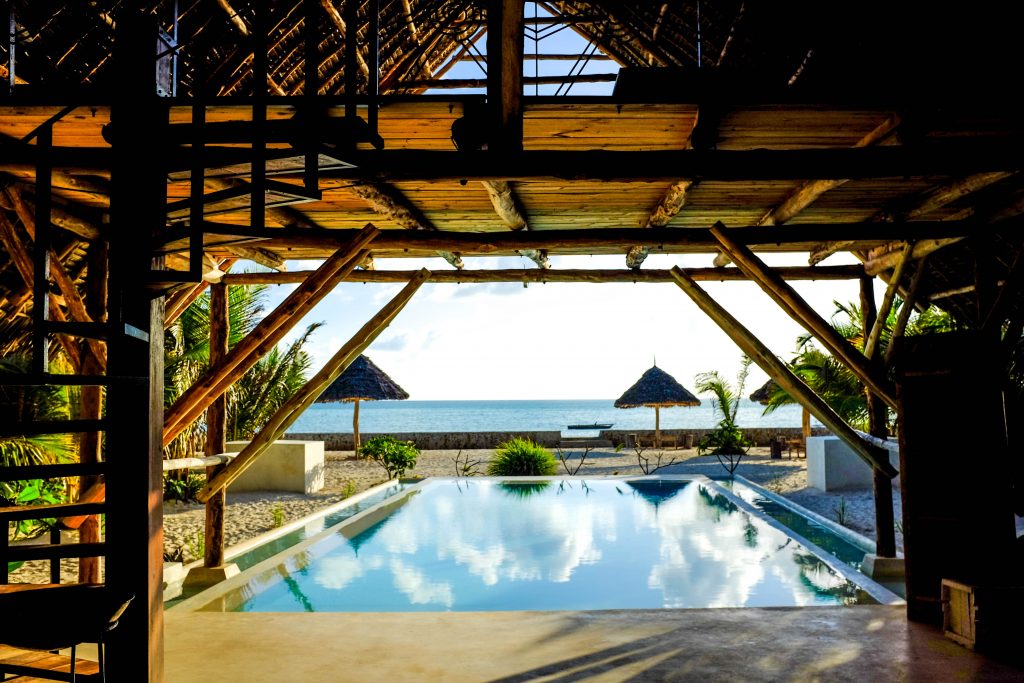
Nur Beach Hotel swimming pool

Sunrise on Jambiani beach

Zanzibari fisherman
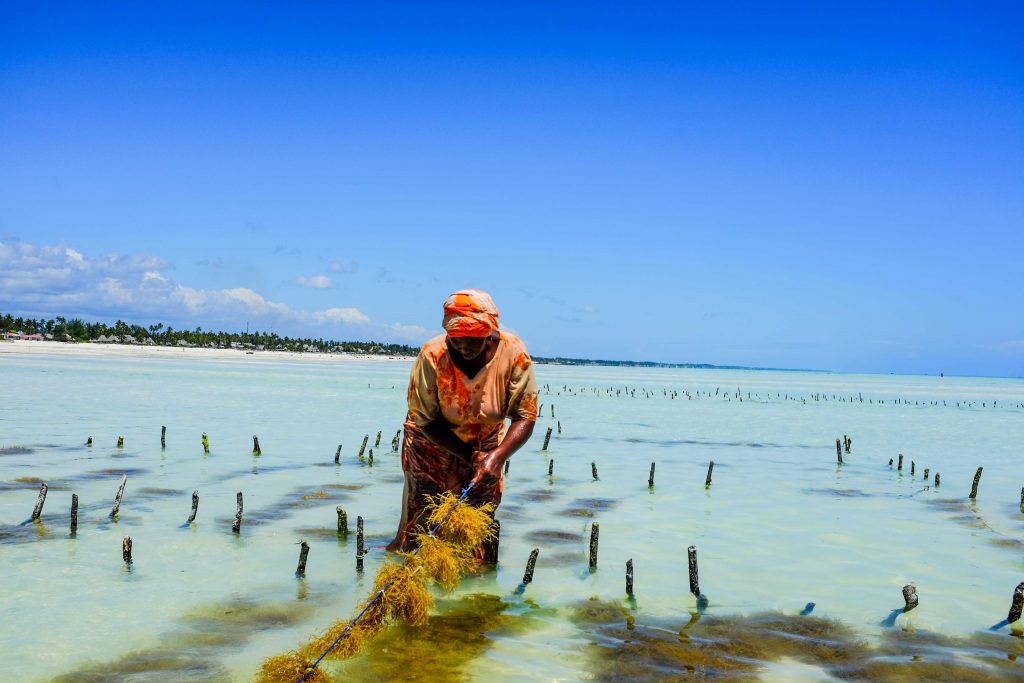
Jambiani seaweed farmer
We had an amazing week here and I hope you enjoyed our photos….
